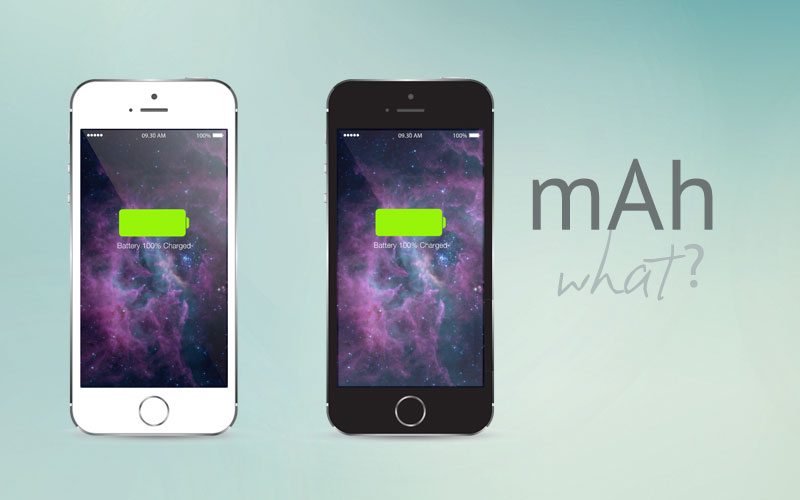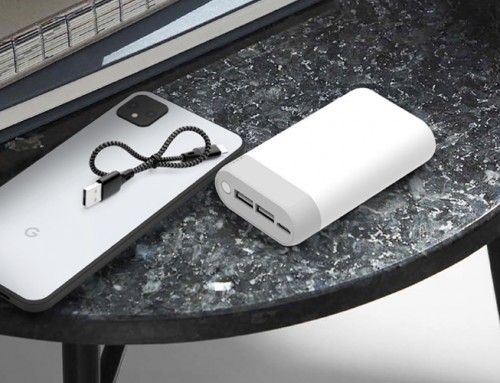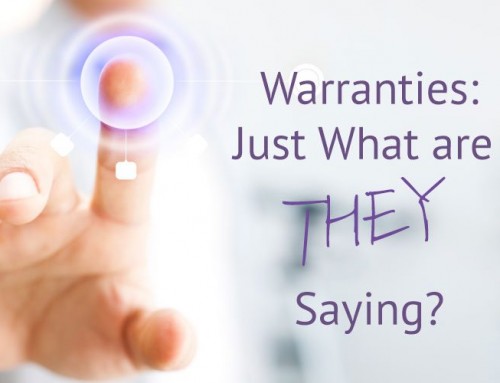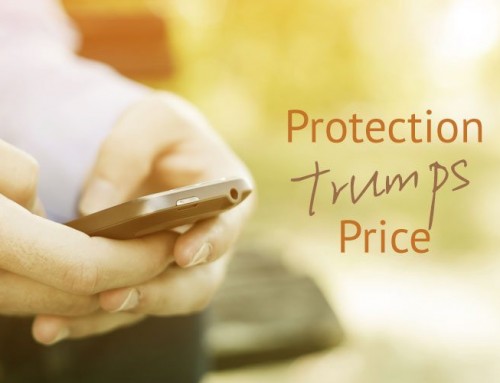
mAh & Other purchasing questions
When shopping for a new portable charger, it’s important to know what questions to ask. When you’re putting money out you want to make sure you’re getting enough bang for your buck. It’s especially important to know what to ask so you don’t need worry about ever running into this guy.
One of the questions we often get asked is what do we mean when we say that our battery is Lithium Polymer and has a capacity of 1,200 mAh? How much of a charge does that mean for my phone, and is it safe?
When you’re shopping for a new charger you want to know exactly how much of a charge to expect from your new purchase. However, you should also know how long that charger will last you, the efficiency of the charger, and how many times you can realistically expect to use it for. These are some of the additional important features to consider when you’re looking at the battery charge, but we’ll start with the battery type first.
There are two types of rechargeable batteries; Lithium Ion, and Lithium Polymer.
Lithium-ion batteries are denser by volume than Lithium-Polymer, but can be dangerous under some conditions and can pose a safety hazard since they contain, unlike other rechargeable batteries, a flammable electrolyte and are also kept pressurized. Because of this the testing standards for these batteries are more stringent than those for acid-electrolyte batteries, requiring both a broader range of test conditions and additional battery-specific tests. This is in response to reported accidents and failures, and there have been battery-related recalls by some companies as a result.
When Malaysian Airlines flight MH370 disappeared, one of the early suggestions was that it had exploded due to the significant quantity of Lithium-Ion batteries it had been carrying.
In comparison, the Lithium-Polymer battery is non-volatile and carries no potential explosive concerns.
Speaking about mAh…
When you see mAh listed, this is speaking to the Milliamps Hour from that device. Why this is important is because it’s one of the easiest ways to distinguish the strength or capacity of your charger. The higher the mAh, the longer the battery will last before needing to be re-charged. On our website, each of our product descriptions will tell you how much mAh the different chargers carry. They start at 1500 mAh for the PowerShot III, which is great for an emergency charge, all the way up to the PowerTrip with a charge of 5,700 mAh which can be used for multiple charges over a period of time.
Now the mAh of each phone varies by device and battery. An iPhone 5 has a 1,400 mAh battery while an HTC One (M8) Smartphone might have an mAh of just 1,000 mAh. However, knowing what your phone’s mAh is will help you decide what type of charger to buy and will give you an idea as to how long the charge will last.
Another important consideration when looking at mobile charger battery sizes is what the efficiency rate is. It makes little sense to buy a 2,200 mAh battery with low efficiency and no built-in protections if one year later it will be reduced to 900 mAh.
The battery efficiency is how long a battery will hold a charge for. Say you had fully charged your portable mobile charger, threw it into your bag and didn’t need to use for a few weeks. You would expect to be able to pull it out to use and have it be a full charge, right? Unfortunately, that is often not the case as batteries will lose their charge over time, even when not being used. One of the things that we’re proud about at PowerStick.com is the battery efficiency our chargers offer, which is approximately 95 per cent. This means that you could charge one of our products, not use it for a year, and still expect it to be almost a full charge when you do go to use it.
Another important consideration when purchasing a charger is to compare the warranties offered by the manufacturer.
How would you look at a product with a “Limited” one year or six-month warranty, compared with one offering a Lifetime warranty.
That Lifetime warranty means that the supplier will repair or replace for ever, not just within a small window.
What are some of the features or specifications that you look for when you’re shopping around for a charger? Are there other questions on features we could answer for you?
-Meaghan









